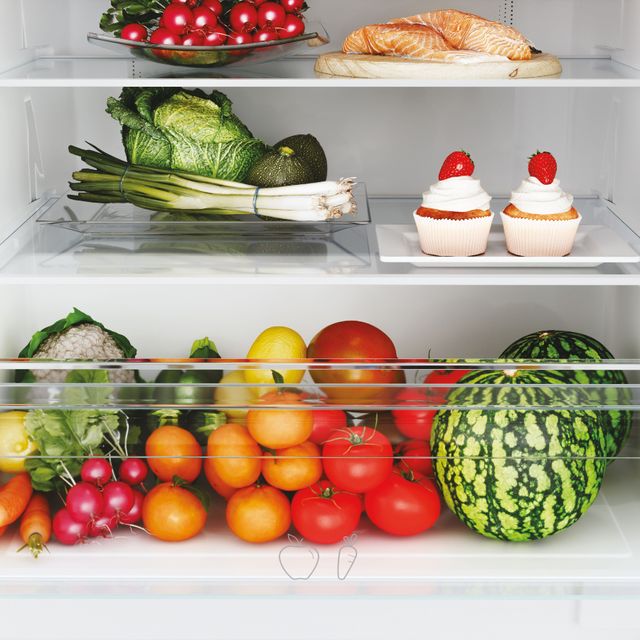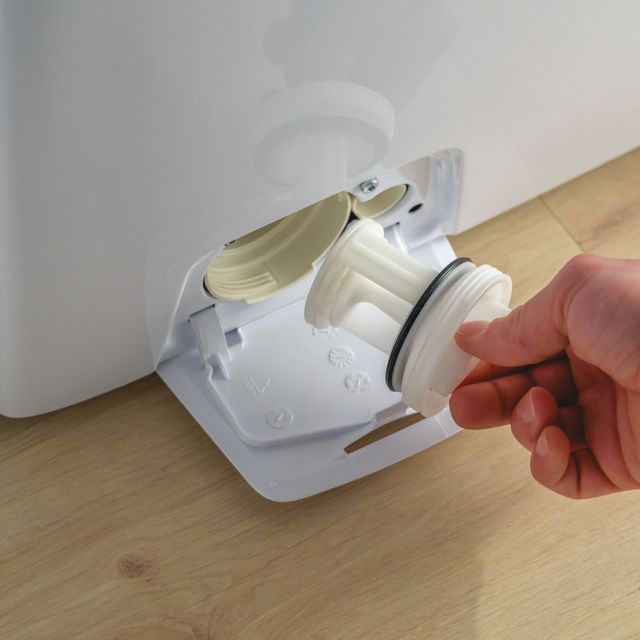Since its invention back in 1886 (when the first device capable of projecting jets of water onto dishes was patented), the dishwasher has radically changed household chores, simplifying them and making it possible to save a lot of time and energy. It is not merely an appliance, but a valuable ally in your everyday life: dishwasher are now widespread in almost every home and are evolving hand in hand with technology.
Modern dishwashers provide users with a wide range of washing cycles and functions, each designed to meet specific cleaning needs. In short, no more panic after a dinner with many guests or after making a challenging dish! And although not all the cycles described are necessarily available on your machine, the guide that Candy has designed for you will definitely come in handy next time you have to load your dishes. Read on to learn more!
Automatic
Automatic is one of the most common wash cycles in modern dishwashers, as well as one of the most convenient and effective. Usually, the temperature ranges from 45°C to 65°C and is selected based on how dirty the dishes are. Use this wash cycle for mixed loads and varying degrees of dirt.
Glass / Delicate
Dinner with fine porcelain? Crystal glasses? Here are just some of the dishes that need a delicate touch to be washed without any risk. Usually this cycle is characterized by a light water spray to avoid overturning objects inside the dishwasher and causing damage. Generally, it has a temperature below 40°C. Use this wash cycle for fragile loads and normal levels of dirt.
Eco
As the name suggests, this is an eco-friendly cycle that uses less water and energy, operating at lower temperatures than normal. To compensate for the temperature while still guaranteeing an effective result, Eco takes longer to complete the wash. Use this wash cycle for mixed loads and varying degrees of dirt.
Intensive
This cycle is designed for dishes, pans and other very dirty crockery, which require a soaking stage in water. Consequently, it uses more water and reaches higher temperatures (up to 70 °C) than the other options described above. Use this wash cycle for particularly dirty and encrusted loads.





